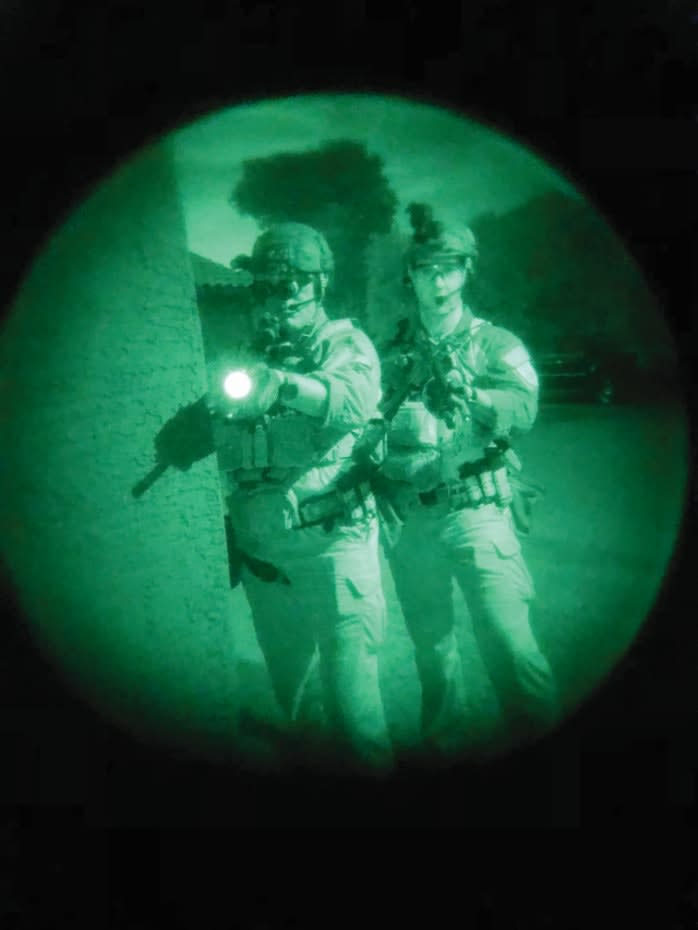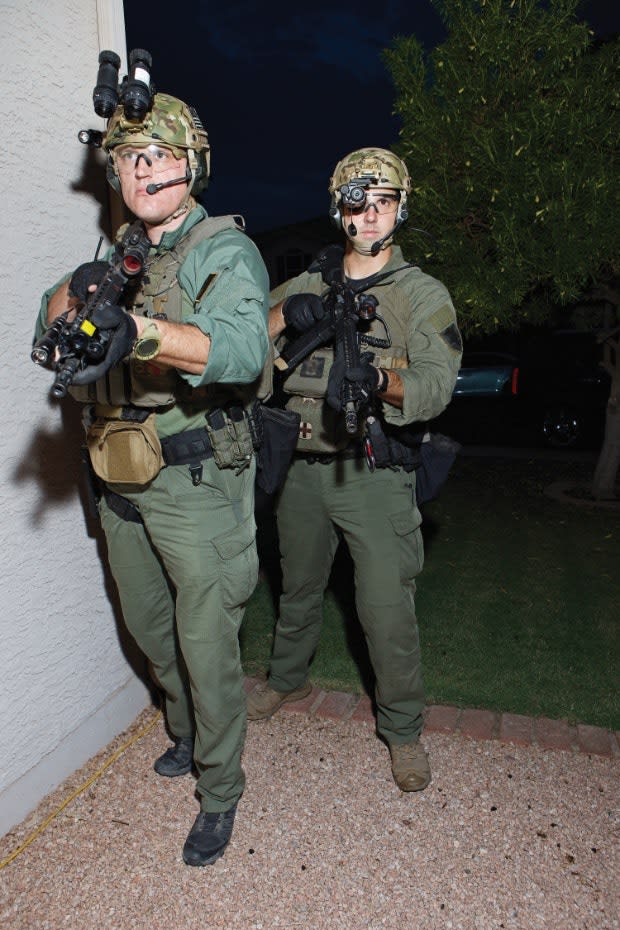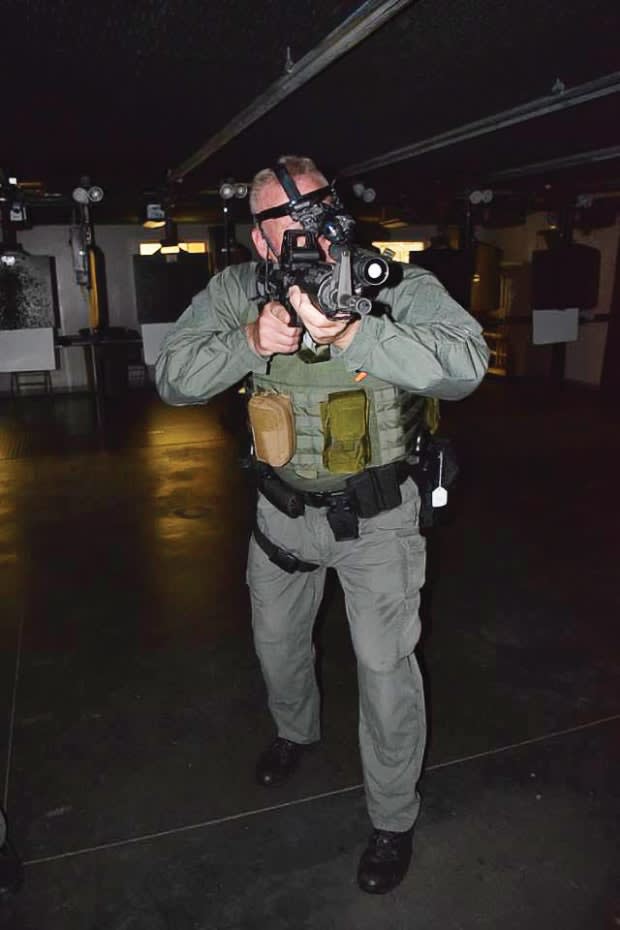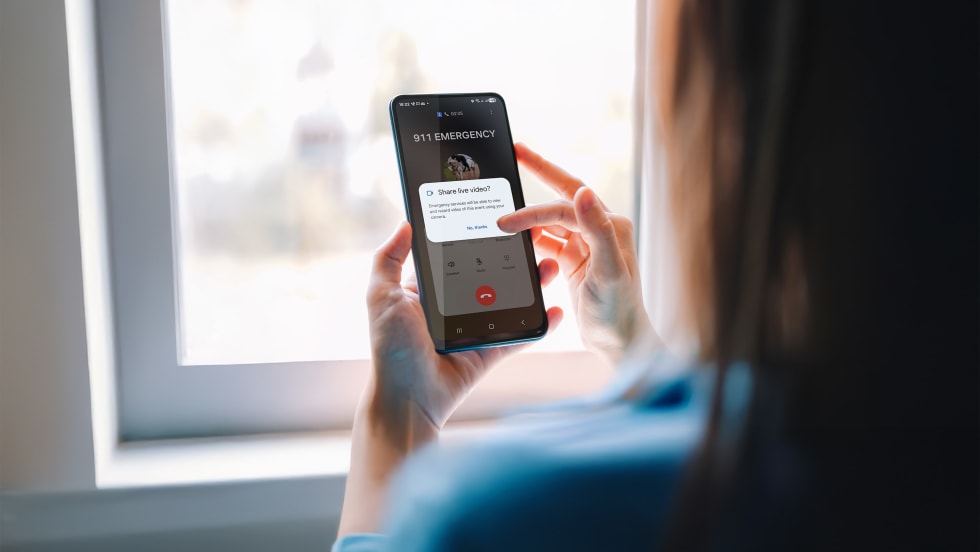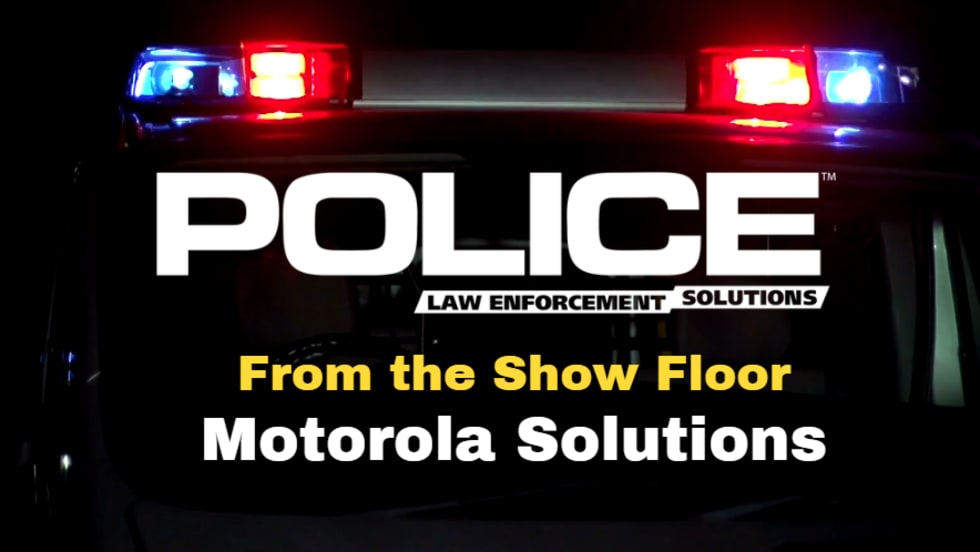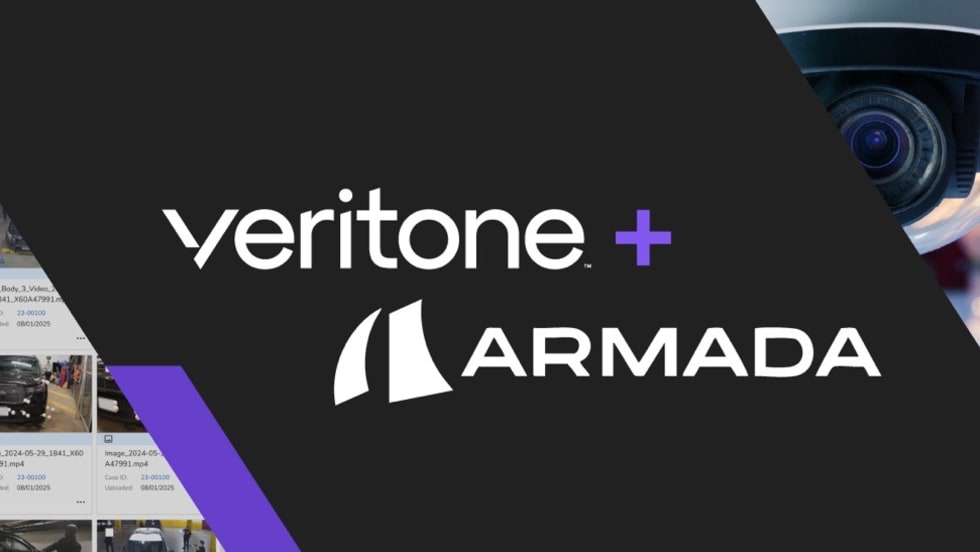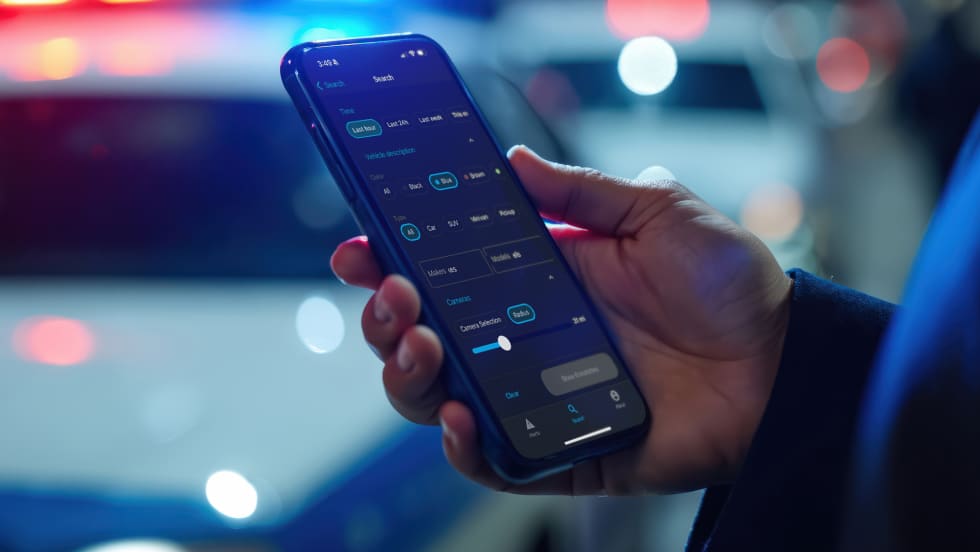Viewers. These are similar to standard optical spotting scopes only they work great at night. They can be used for surveillance, to help identify and prevent possible attacks, and to help you locate the best approach to a location.
Night Vision Weapon Sights. This is a tool for the designated sniper and/or spotter. Since both sniper and spotter do a lot of mandatory intelligence gathering, so it seems logical that at least one sniper or spotter in a team operating in low light would be outfitted with a night vision scope.
Night Vision Goggles (NVG). These are usually worn on the heads of tactical officers and attached with a head harness or helmet mount. In an urban environment, you may not need a goggle for every team member. Five-officer entry teams have accomplished their missions with as few as two devices.
When allocating NVGs your priority is entry team members number one and number three. Here's why: As the number one officer makes entry, generally the number two officer throws a flash-bang, and the number three officer flows in afterward. This is the way it's done by a lot of teams, and it shows why the number one and three officers in the stack have the greatest need for NVG. They are going to be the first officers into what is likely to be a darkened room.
When performing night operations in areas with rough terrain where an officer can stumble over such hazards as rocks, fallen trees, and other ground clutter, night vision can be a critical safety tool. That environment calls for as many team members as possible to have NVG.


